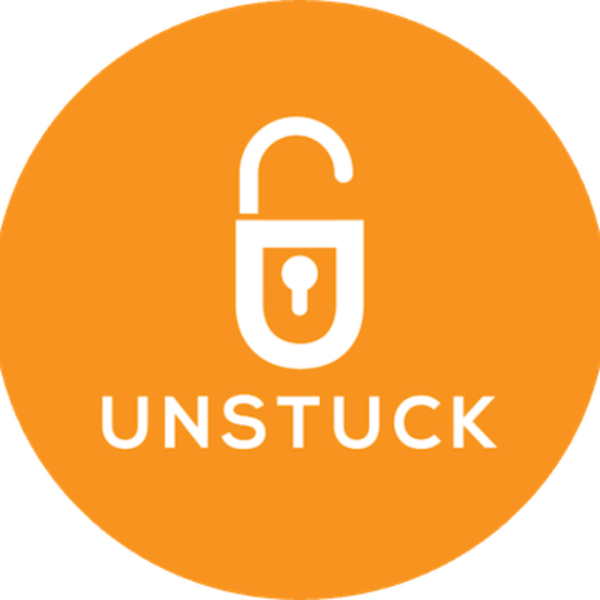- Get Your Week Unstuck
- Posts
- 4 Q's - Predicting the Future
4 Q's - Predicting the Future
Get your week Unstuck! 4 Q’s of agile inspiration.

Thanks for taking the time to read our weekly newsletter to help you get Unstuck! Check us out every week for your dose of agile inspiration. We’re striving to keep the content in our 4 Q’s brief and powerful so you can get a lot of impact from a little reading!
Quintessential Thought
Our past performances, illustrated through metrics like team velocity, provide invaluable insights. However, it's crucial to remember that these are not absolute truths but guiding lights, helping us forecast and navigate the future. They remind us that, in a world of uncertainties, our best weapons are clarity and adaptability. We can balance that need with forecasting, just like the narrowing "cone of uncertainty" in hurricane predictions, we learn more as we inch closer to the target.
Speaking in probabilities with stakeholders, rather than certainties, acknowledges the ever-changing nature of development. It communicates transparency and invites collaboration. By continuously recalibrating and being upfront about potential challenges, like technical debt, we not only keep our stakeholders informed but also inspire trust.
The future is not fixed. It's a realm of possibilities that is shaped by our actions. So, forecast wisely, embrace uncertainties, and never forget that our primary goal is delivering value. Every estimation, every forecast, every sprint is an opportunity to redefine what's possible. Embrace it, and let's build the future together!
Quotes
“The most reliable way to forecast the future is to try to understand the present.” — John Naisbitt
“If you have to forecast, forecast often.” — Edgar Fiedler
“Adaptability and constant innovation is key to the survival of any company operating in a competitive market.” — Shiv Nadar
“The basic DNA we've got to implant in leaders now is adaptability: not to get wedded to the solution to a particular problem, because not only the problem but the solution changes day to day. Creating people who are hardwired for that is going to be our challenge for the future.” — Stanley A. McChrystal
“It’s not a math problem, but it’s also not not a math problem.” - Mark Wavle
Quick Step
Consider including a probability with your next forecast, along with a few factors that are likely to influence the likelihood.
Question
What emotions and thoughts arise when you consider adapting a forecast? Fear? Excitement? Annoyed at having to schedule a meeting to discuss?
Want to chat? Reach out to [email protected] so we can help you get Unstuck!
Also, subscribe to our YouTube channel, follow us on Twitter, or connect with us on LinkedIn, where we’re posting content that goes beyond the ~200ish words we have in this newsletter.
